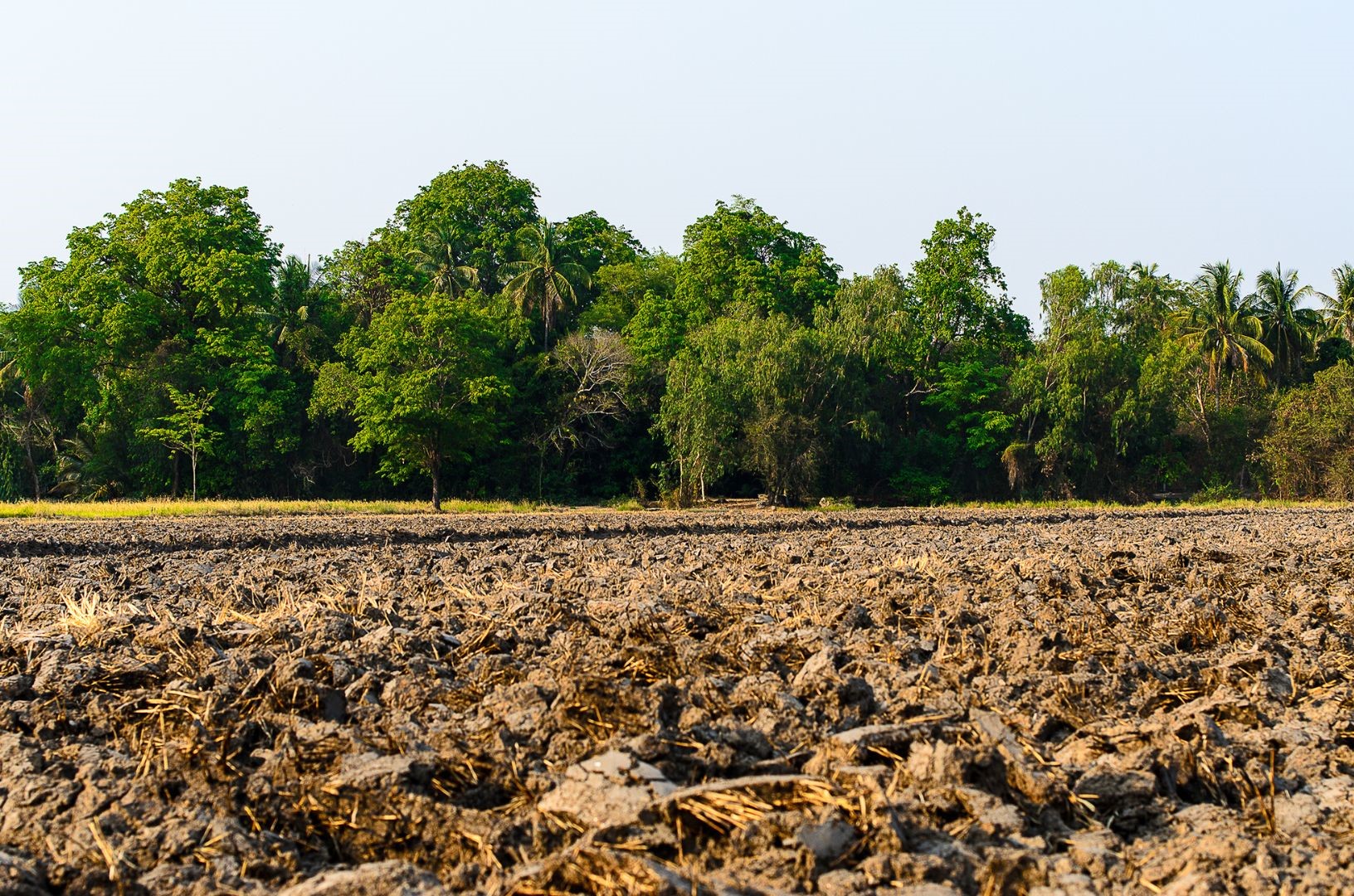Optimizing Soil Health: Understanding and Balancing Soil Organic Matter
Balance of Soil Organic Matter
Soil organic matter is among the most important components of soil, determining several of its physical, chemical, and biological properties. It is a source of nutrients for plants, improves soil structure, and affects the amount of stored water. Human activity, combined with natural processes, influences whether the level of organic matter in the soil increases or decreases. When we talk about the importance of organic matter in the soil, we primarily focus on soils used for agricultural purposes. According to the principles of sustainable management, the state of the environment in which we farm should not deteriorate but improve. There are many different methods for determining or balancing organic matter in the soil. Among them is the method developed by Eich and Kundler.
Eich and Kundler Method to define Organic Matter
In drawing up an organic matter balance, we use reproduction (“+”) and degradation (“-“) coefficients. These coefficients vary from soil to soil, from crop to crop, and from natural and organic fertilizers used. They correspond to the amount of organic matter (tons per hectare, t/ha) by which the soil will be enriched or depleted as a result of one-year cultivation of a given crop.
Table with Coefficient Values

- A positive (reproduction) coefficient indicates the amount of tons of organic matter by which the soil is enriched per year per hectare of agricultural land.
- A negative (degradation) coefficient indicates the amount of tons of organic matter by which the soil is depleted per year per hectare of agricultural land.
Based on the table, crops can be divided into three groups according to their impact on soil organic matter. They differ primarily in the quantity and quality of crop residues:
- Plants that enrich the soil with organic matter- leave a large mass of crop residues, increase the biological activity of the soil, and prevent erosion in the case of perennial crops. This group includes:
- perennial legumes and their mixtures with grasses
- grasses in field cultivation,
- legumes,
- intercrops intended for green manure although their impact is less than that of the other plant groups mentioned.
- Soil-depleting plants – leave little crop residue on the field, are grown in wide intercrops that promote erosion, and cover the intercrops late. This group includes:
- root crops,
- corn,
- root vegetables.
- Plants with a low negative impact on humus balance, or neutral one. Their impact depends on the amount of residue they leave behind. When crop residues such as straw are collected, they have a moderate negative effect on soil organic matter. This group includes:
- cereals
- oilseed crops
How do you achieve an organic matter balance step by step?
- Assign the cultivated plant species to the appropriate group and read the coefficient from the table according to the type of soil.
- If organic fertilizer straw is used, calculate the amount of dry matter applied and then multiply the amount of fertilizer applied by the reproduction coefficient read.
- Then, count the sum of substance outflow and income per hectare and per field area. Repeat the operation for each field on the farm, and then calculate the organic matter balance for the entire farm.
- In the income as well as in the outgoings, you should also take into account the purchase and sale of products that can affect the balance (manure, slurry, slurry, straw).
- The balance sheet is made for the entire farm
Examples:
The farm has 3 plots of land A, B, C. On plot A, with medium soil, he grows winter wheat, the grain yield of which is 6 tons per hectare (t/ha). The farmer did not harvest straw from the field (he left it in the field). On plot B, with heavy soil, he grew spring barley on an area of 4 hectares. He left straw in the field and cultivated intercrop for green manure. In field C, which has an area of 2 hectares, the farmer grows potatoes on light soil. He applied 30 t/ha of manure under them.

Field A:
Winter wheat is a cereal. The index for cereals grown on medium soils is -0.53 (t MO/year). If straw is left in the field, we must take it into account. It can be assumed that the ratio of straw to grain is 1:1 although in reality, the amount of this straw could be different. So, if we collected 6 tons of grain, we also have 6 tons of straw left in the field. Approximately 6 tons of fresh straw is equivalent to 5 tons of dry matter, and this value is included in the table. The 5 tons of dry matter of straw was multiplied by a coefficient of 0.21, which finally gave 1.05 (t MO/ha/year). In this particular case, we have -0.53 on the outgoing side and +1.05 on the income side. This, therefore, gives +0.52 (t MO/ha/year). After considering the area of the field: 5 hectares, this is 2.6 t MO/field/year.
Field B:
A similar counting scheme was used for Field B. What remains most debatable is the amount of straw we should include. Without measuring it, which is difficult in the case of leaving it in the field, it is not possible to make a correct estimate. In the case of barley, we have assumed that it is 3 t of dry matter straw per hectare. In addition, green manure was considered. The final balance for field B was 0.84 (t MO/ha/year). Note that without green manure, the balance would be just above 0.
Field C:
In the case of Field C, potatoes were grown. As a root crop, they have a large negative index of -1.26 (t MO/ha/year). This is due to the intensive cultivation and the small amount of residue they leave behind. The application of manure, 30 tons of fresh matter, which in terms of dry matter gives about 8 tons, made it possible to achieve a positive balance.
Thus, in the case of the farm analyzed, we have a case in which each field has a positive balance. However, In practice, it may turn out that individual fields have a negative balance. In such a case, we are still farming in a balanced manner if crop rotation is applied, and the farm comes out positive overall.










































































